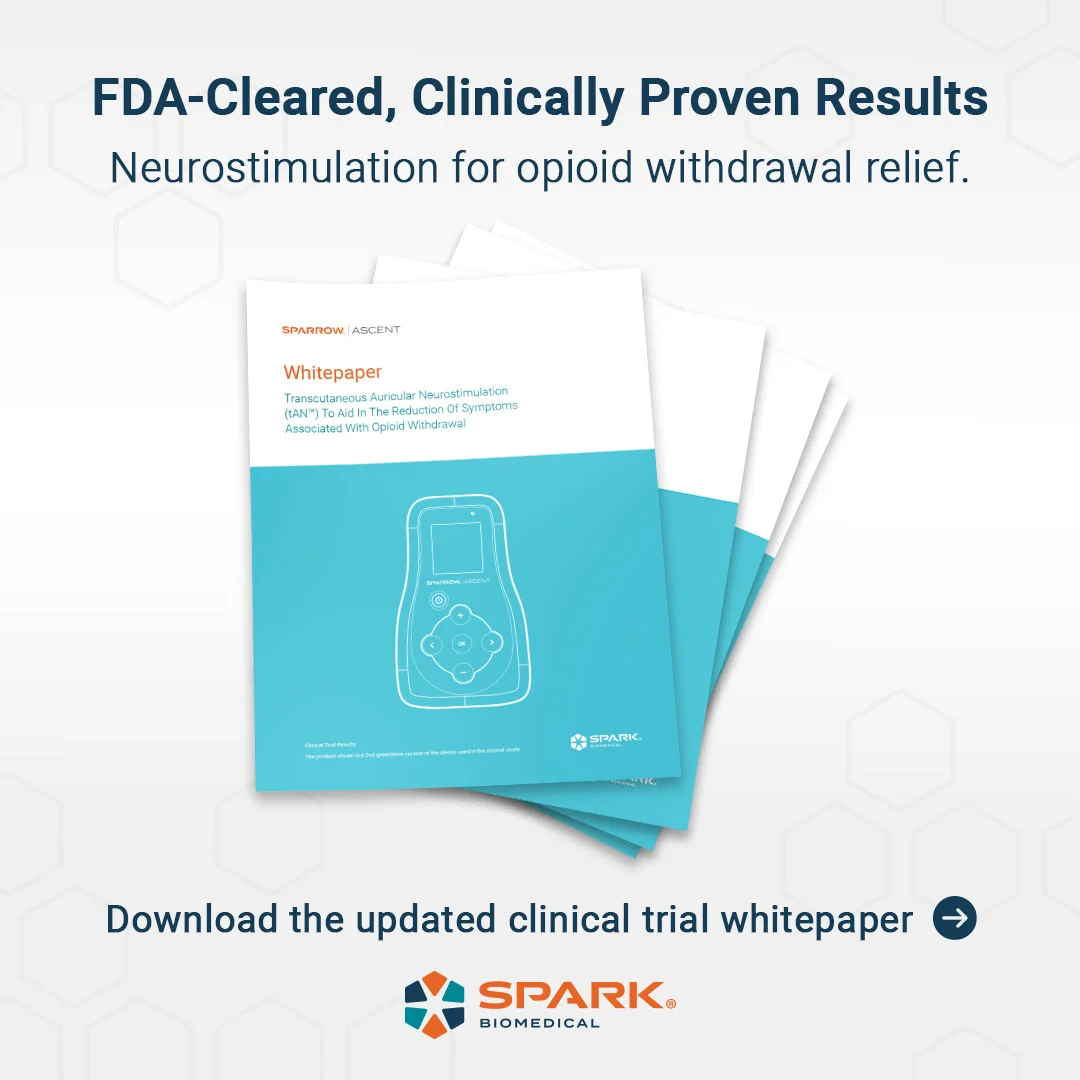5
The Intersection of Pain and Withdrawal: Reviewing New CDC Opioid Guidelines


The CDC recently released an updated version of their 2016 opioid prescription guidelines for physicians. The new guidelines continue to use language stating opioids should not be first line of defense in chronic pain therapy. One of the major changes in the updated language was placing more emphasis on the physician’s clinical judgement for opioid prescription. Dr. Michael Sprintz, Founder and CEO at Sprintz Center and a national subject matter on chronic pain, joined Host Daniel Litwin to dive into the updates.
The CDC recently released an updated version of their 2016 opioid prescription guidelines for physicians. The new guidelines continue to use language stating opioids should not be first line of defense in chronic pain therapy. One of the major changes in the updated language was placing more emphasis on the physician’s clinical judgement for opioid prescription. Dr. Michael Sprintz, Founder and CEO at Sprintz Center and a national subject matter on chronic pain, joined Host Daniel Litwin to dive into the updates.
In a COVID-19-focused world, the opioid crisis was forced to the back burner when it came to opioid-related media attention and national policy focus. Sadly, the not only did the opioid crisis not go away over the past few years, but the issue escalated. Dr. Sprintz notes, “Now we are seeing the consequences of those things play out, and it’s unfortunate.” Now, it’s time to refocus on opioid use disorder and how we treat the cause not just the symptoms.
Dr. Sprintz comments,“It makes sense that we’d want to avoid using opioids if at all possible, when treating pain in general.” He added that it’s important “to try a multimodal approach to decrease that risk of exposing someone who may have a predisposition of developing addictive disease.”
However, there is a time and place for opioid use, which is what the guideline updates establish. “Guidelines are guidelines. Guidelines are not laws,” Dr. Sprintz stated. “Clinicians should use their own judgement when making decisions.” They must evaluate the benefits versus the risks and decide what is best for the patient based on the individual and their condition.
But this decision making is at the crux of the crisis. Pain doctors are not always comfortable managing addictive disorders and addiction doctors are not always comfortable dealing with chronic pain, which muddies the water. “One of the things that I would have liked to have seen from a policy level is starting to have core competency requirements in understanding the basics of pain medicine and the basics of addiction,” said Dr. Sprintz. “It’s not fair to just expect everyone to know something that they were never trained.”
So how can physicians grapple with this? Dr. Sprintz believes managing opioid availability is part of solution, but it’s also about educating providers and making access to mental health and substance abuse treatment more widely available to patients via solutions like telehealth.
Visit www.sparkbiomedical.com for previous episodes.
Host: DanielJ. Litwin
Guest: Dr.Michael Sprintz, Founder and CEO of Sprintz Center

Wondering if there's a better way to help patients overcome opioid withdrawal? Download the clinical trial whitepaper to learn more.